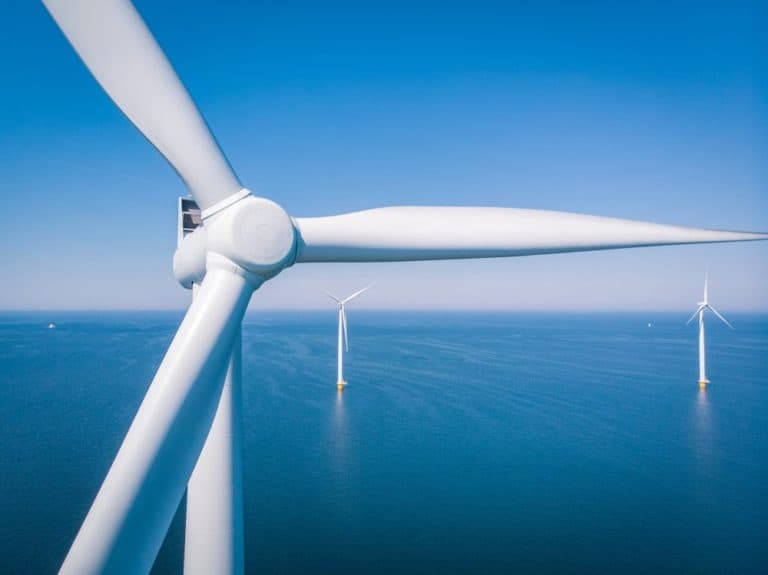The Japanese company Fujitsu has announced that it is working on the development of a data center that will emit almost no CO2. To this end, the company works together with the German energy supplier WestfalenWIND IT. Together they are developing a data centre whose power supply comes from a wind turbine.
Fujitsu is responsible for the server and storage technology within the project. The innovative three-stage data center is part of WestfalenWIND IT’s WindCORES initiative and part of the German government’s broader plans to migrate to fully sustainable energy. At the same time, the country does not want to compromise when it comes to companies that need scalable and efficient cloud systems.
Low to no emissions
The data centre uses power generated by the wind turbine. In doing so, it drives the servers and other techniques that are needed. The aim is to significantly reduce the carbon footprint of companies that want to make a digital transformation. Companies increasingly expect their suppliers to be innovative when it comes to the services they offer and the way they deliver them, said Dave Hazard, vice president of channel and sales operations at Fujitsu EMEIA.
The cooperation with WestfalenWIND IT should make it possible for Green IT to continue to make environmentally friendly choices and at the same time continue to operate cost-efficiently. Fujitsu wants to continue to work with these kinds of initiatives on what it has come to call the green cloud. WestfalenWIND IT has chosen Fujitsu’s PRIMERGY servers and ETERNUS storage.
These servers and storage minimize power consumption. By combining these techniques with efficient AC-DC converters and green cooling energy, the data centre has almost no CO2 footprint. There is enough space in a wind turbine to build in the necessary IT equipment and infrastructure. This will enable us to create the distributed low-emission data centres of the future, according to Dr. Gunnar Schomaker, co-founder of the WestfalenWIND IT Group.
This news article was automatically translated from Dutch to give Techzine.eu a head start. All news articles after September 1, 2019 are written in native English and NOT translated. All our background stories are written in native English as well. For more information read our launch article.